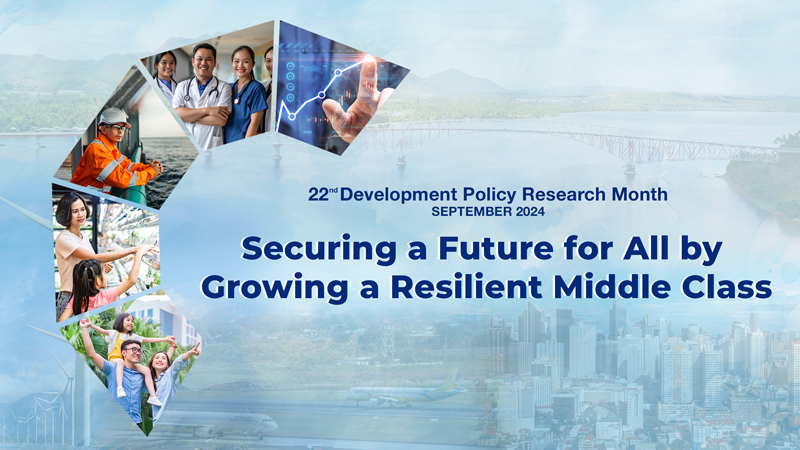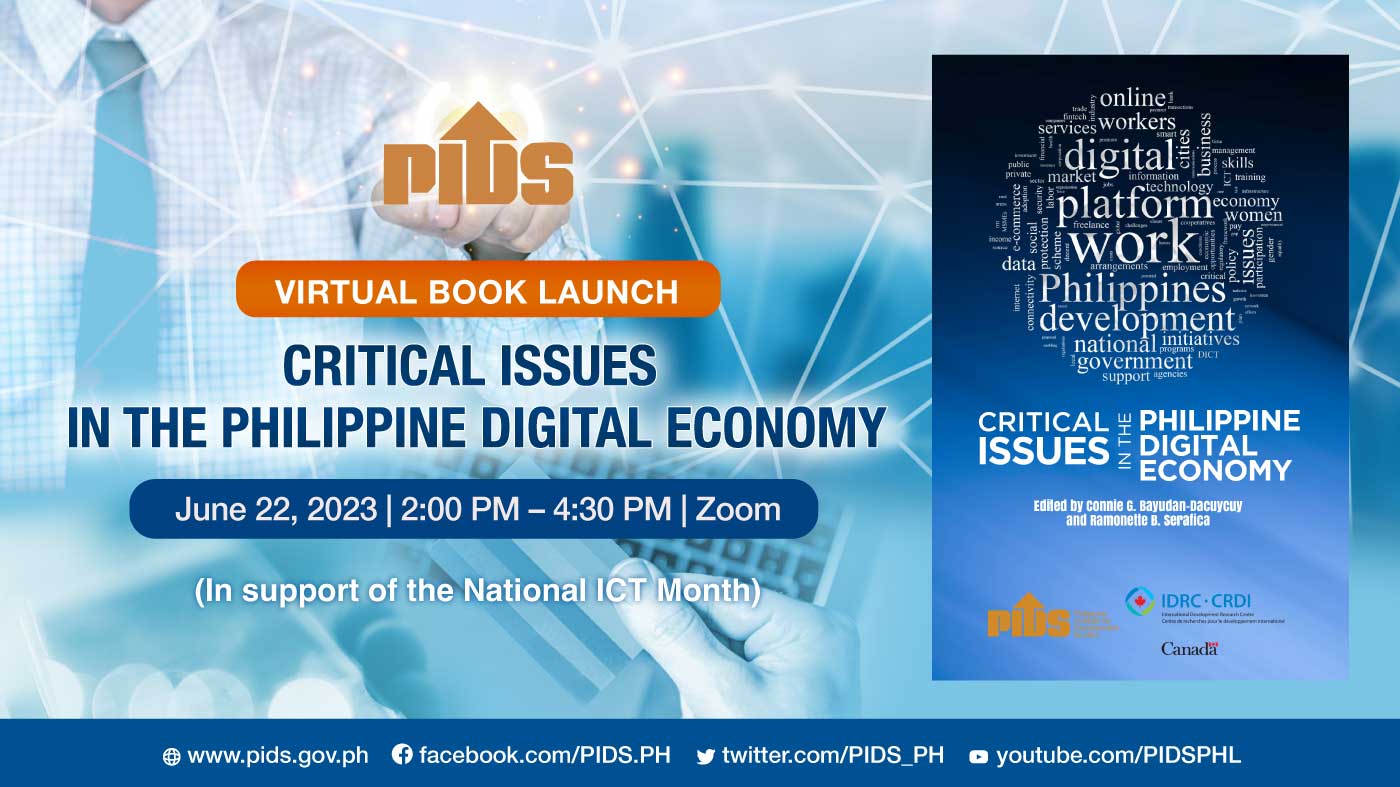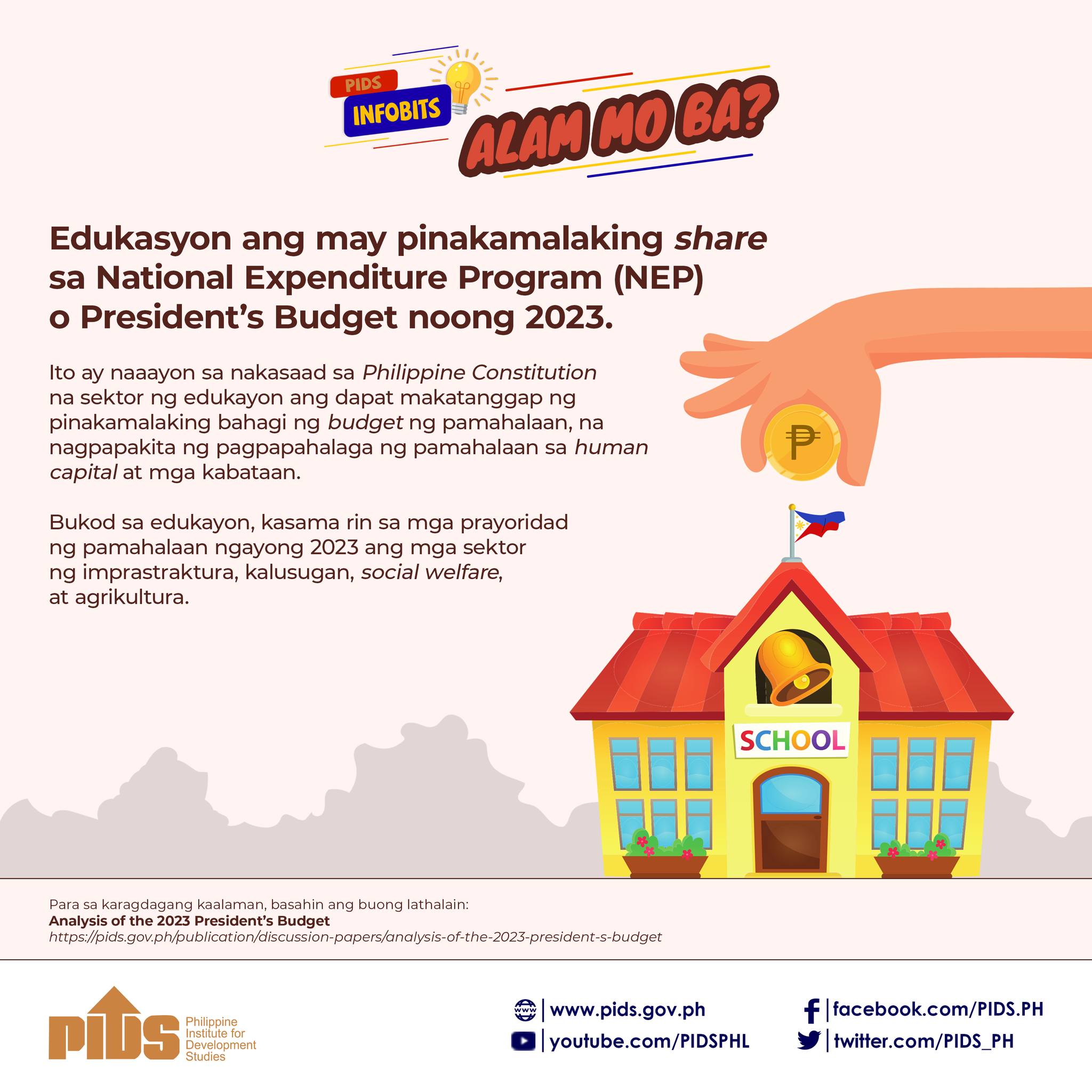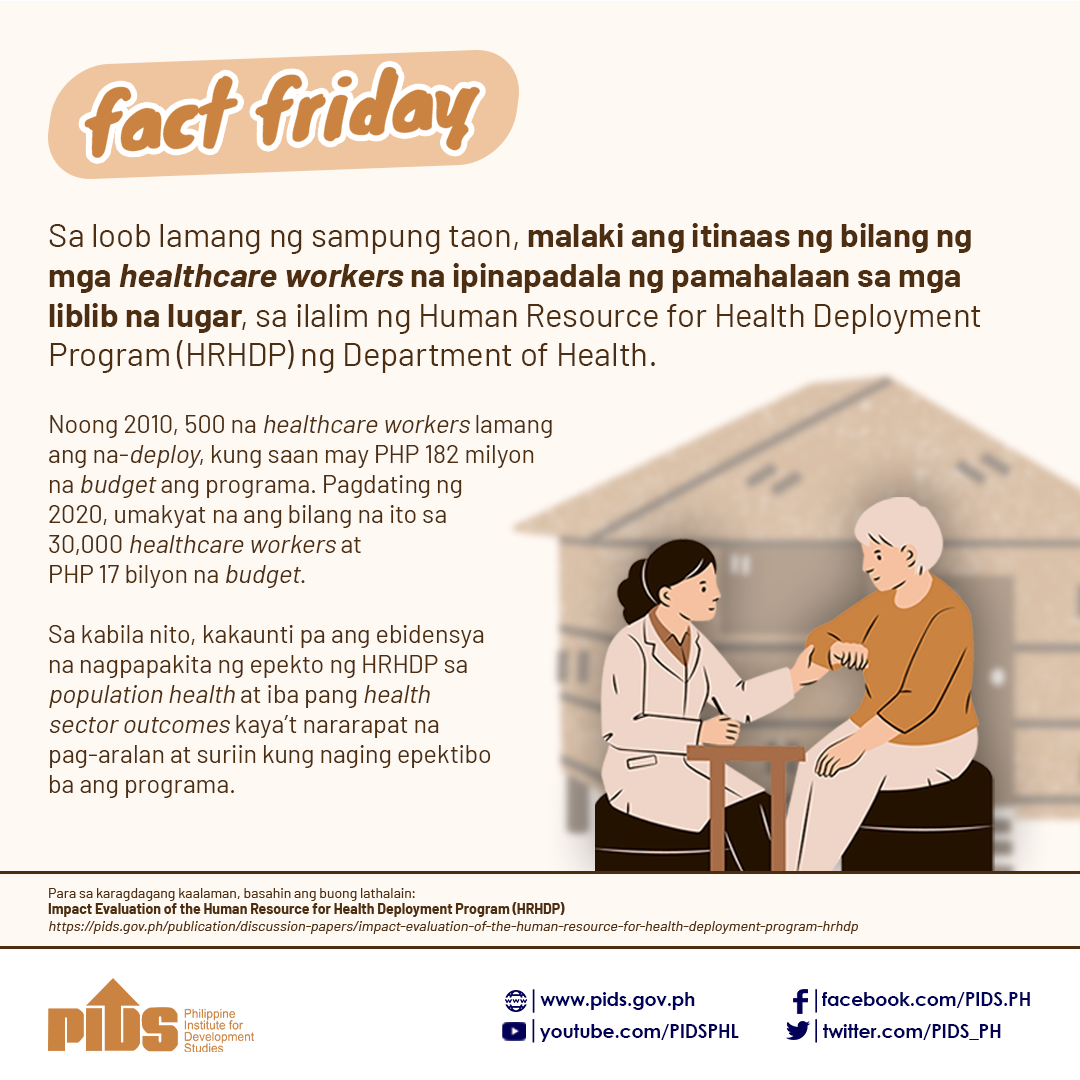MANILA, Philippines -- President Rodrigo Duterte's administration will soon launch the biggest infrastructure push in Philippine history to propel economic growth in the next five-and-a-half years.
Big-ticket infrastructure projects, specifically roads and bridges, mass urban transport and alternative green city solutions are among the key investments to be made by the Philippine government. These are aimed at solving the problems brought about by traffic congestion, inadequate mass transport facilities, air pollution, and the lack of healthy, green liveable community spaces.
The development mantra is: build, build and build.
The Duterte administration sees increased infrastructure spending as key to move the country forward and improve the lives of the Filipino people by generating massive investments, creating millions of jobs and reducing the prices of commodities.
The country's lead infrastructure agencies are working in close coordination to build new facilities. The National Economic and Development Agency (NEDA), Department of Transportation (DOTr), Department of Public Works and Highways (DPWH) and the Bases Conversion and Development Authority (BCDA) are crafting the Duterte Infrastructure Plan. In three to five years, new and better roads, bridges, railways, rehabilitated airports and a new metropolis are envisioned to benefit the Filipino people.
According to the Philippine Institute for Development Studies (PIDS) 2017 National Expenditure Program, in the first year of the Duterte presidency, infrastructure spending will represent 5.4 percent of the country's Gross Domestic Product. This will be the highest since the Marcos era spanning 21 years when infrastructure spending was at 3.2 percent of GDP.
Among the "game-changing solutions" of the DOTr that guarantee better transport and passenger experience are:
• the Metro Manila Clark Railway which will assure one-hour travel from Metro Manila to Clark International Airport;
• the Metro Manila Bus Rapid Train System which will yield on-time trips along EDSA; and
• the Mindanao Railway which will provide the much-needed connection of people and goods across Mindanao.
For its part, the DPWH will build new linkages to ensure better connectivity between key destinations. These include:
• the Santa Monica-Lawton-BGC Viaduct which will directly link the Bonifacio Global City going to Ortigas;
• the UP-Miriam-Ateneo Viaduct which will cut down travel time by 80 percent in Katipunan Ave. and CP Garcia; and
• the NLEX-SLEX Connector Road which will reduce travel time to 30 minutes going to Alabang from Balintawak.
BCDA also eyes big-ticket projects in Central Luzon and Metro Manila. The Clark International Airport New Terminal Building is envisioned to be a world-class airport which will reduce traffic at the Ninoy Aquino International Airport (NAIA).
BCDA will also continue to build a new city proximate to Metro Manila, a 9,450-hectare smart, green and disaster-resilient city that will be a long-term solution to traffic congestion in main urban centers.
Another project is the BGC to NAIA Bus Rapid Transit that will facilitate a 15-minute travel time from Fort Bonifacio to NAIA, preventing delays for passengers rushing to catch their flights whether for leisure or business.
The Philippines has been lagging behind its Asian neighbors in attracting foreign direct investments due to poor infrastructure, which has been traced to previous government underspending on such projects.
The International Monetary Fund (IMF) reported, "At 21.8 percent of GDP [gross domestic product] in 2014, the investment rate in the Philippines is well below regional peers, as reflected in its low capital stock and infrastructure quality.”
Given the Duterte administration's development platform, a complete turnaround is expected in the next six years with bold solutions and swift action in responding to the pressing needs of the public through massive infrastructure spending.
At present, feasibility studies are being done for the infrastructure projects of the DPWH, DOTr and BCDA. These projects will be subject to public tender following stringent Philippine government procurement rules. In two years, these are envisioned to break ground, with a launch eyed in three to five years.//
Big-ticket infrastructure projects, specifically roads and bridges, mass urban transport and alternative green city solutions are among the key investments to be made by the Philippine government. These are aimed at solving the problems brought about by traffic congestion, inadequate mass transport facilities, air pollution, and the lack of healthy, green liveable community spaces.
The development mantra is: build, build and build.
The Duterte administration sees increased infrastructure spending as key to move the country forward and improve the lives of the Filipino people by generating massive investments, creating millions of jobs and reducing the prices of commodities.
The country's lead infrastructure agencies are working in close coordination to build new facilities. The National Economic and Development Agency (NEDA), Department of Transportation (DOTr), Department of Public Works and Highways (DPWH) and the Bases Conversion and Development Authority (BCDA) are crafting the Duterte Infrastructure Plan. In three to five years, new and better roads, bridges, railways, rehabilitated airports and a new metropolis are envisioned to benefit the Filipino people.
According to the Philippine Institute for Development Studies (PIDS) 2017 National Expenditure Program, in the first year of the Duterte presidency, infrastructure spending will represent 5.4 percent of the country's Gross Domestic Product. This will be the highest since the Marcos era spanning 21 years when infrastructure spending was at 3.2 percent of GDP.
Among the "game-changing solutions" of the DOTr that guarantee better transport and passenger experience are:
• the Metro Manila Clark Railway which will assure one-hour travel from Metro Manila to Clark International Airport;
• the Metro Manila Bus Rapid Train System which will yield on-time trips along EDSA; and
• the Mindanao Railway which will provide the much-needed connection of people and goods across Mindanao.
For its part, the DPWH will build new linkages to ensure better connectivity between key destinations. These include:
• the Santa Monica-Lawton-BGC Viaduct which will directly link the Bonifacio Global City going to Ortigas;
• the UP-Miriam-Ateneo Viaduct which will cut down travel time by 80 percent in Katipunan Ave. and CP Garcia; and
• the NLEX-SLEX Connector Road which will reduce travel time to 30 minutes going to Alabang from Balintawak.
BCDA also eyes big-ticket projects in Central Luzon and Metro Manila. The Clark International Airport New Terminal Building is envisioned to be a world-class airport which will reduce traffic at the Ninoy Aquino International Airport (NAIA).
BCDA will also continue to build a new city proximate to Metro Manila, a 9,450-hectare smart, green and disaster-resilient city that will be a long-term solution to traffic congestion in main urban centers.
Another project is the BGC to NAIA Bus Rapid Transit that will facilitate a 15-minute travel time from Fort Bonifacio to NAIA, preventing delays for passengers rushing to catch their flights whether for leisure or business.
The Philippines has been lagging behind its Asian neighbors in attracting foreign direct investments due to poor infrastructure, which has been traced to previous government underspending on such projects.
The International Monetary Fund (IMF) reported, "At 21.8 percent of GDP [gross domestic product] in 2014, the investment rate in the Philippines is well below regional peers, as reflected in its low capital stock and infrastructure quality.”
Given the Duterte administration's development platform, a complete turnaround is expected in the next six years with bold solutions and swift action in responding to the pressing needs of the public through massive infrastructure spending.
At present, feasibility studies are being done for the infrastructure projects of the DPWH, DOTr and BCDA. These projects will be subject to public tender following stringent Philippine government procurement rules. In two years, these are envisioned to break ground, with a launch eyed in three to five years.//










